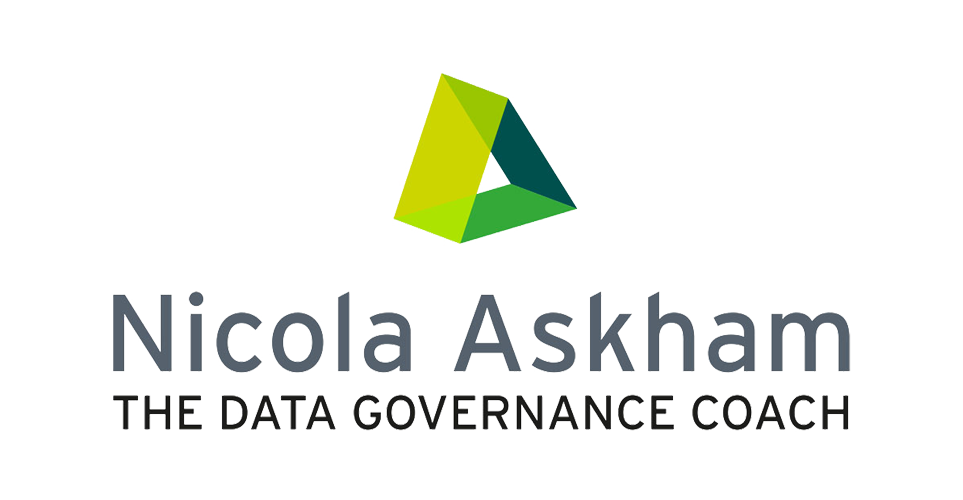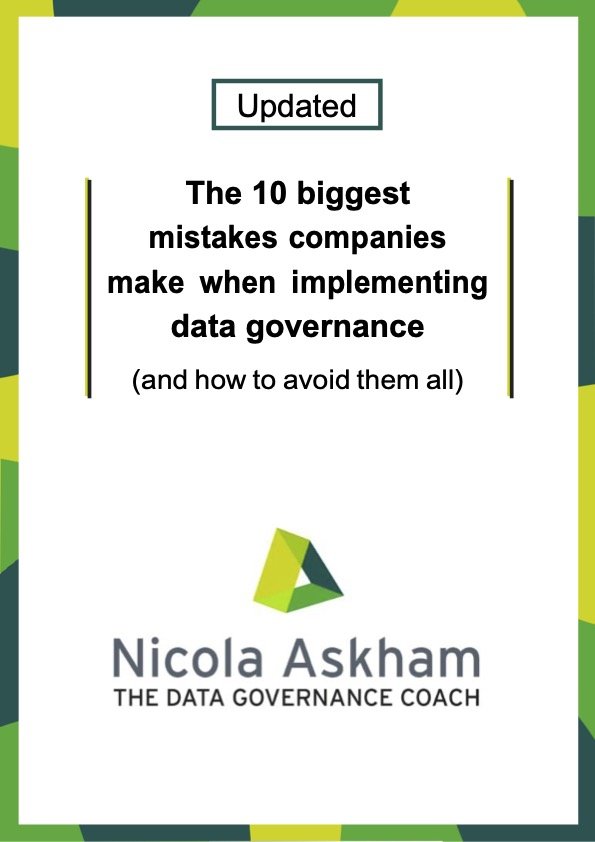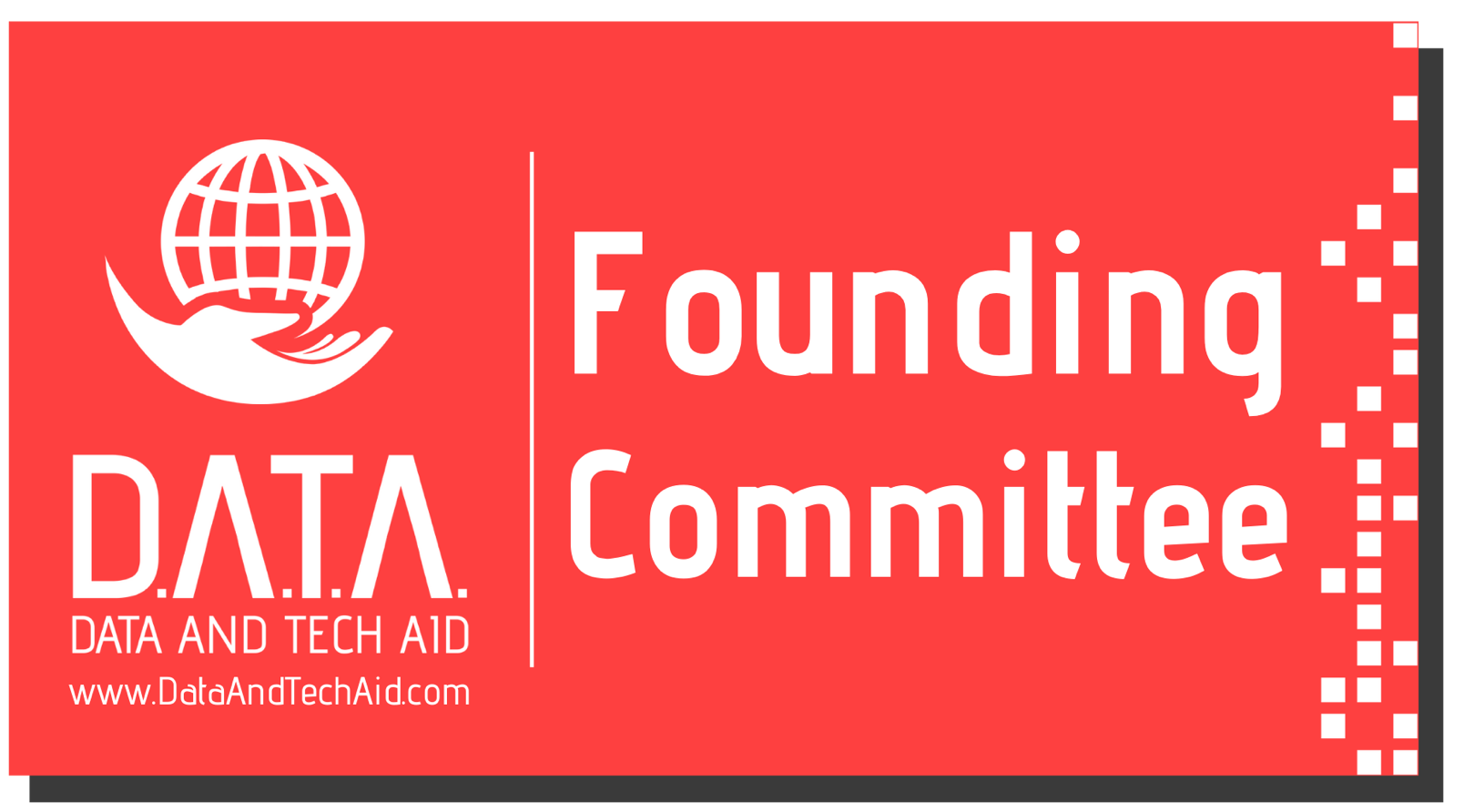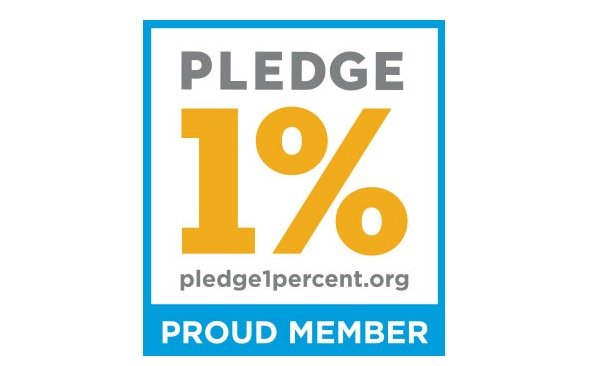The Tale of Dick Whittington and the Missing Data
/Christmas is fast approaching, and it’s safe to say the season wouldn’t be complete without a few cheeky jokes, a whole lot of glitter, and an enthusiastic crowd shouting “It’s behind you!” at the top of their lungs.
For those of you who have no idea what I’m talking about, a pantomime is a musical stage production which takes traditional fairy tales and retells them with larger-than-life characters, slapstick comedy, jokes, gags and a big baddie we can all boo at. They’re a staple of the British festive season, and, believe it or not, the perfect metaphor for data gone wrong.
So, sit back, relax, and grab your popcorn, because today I’ll be weaving my own little tale, featuring our fortuitous hero Dick Whittington…
Once upon a time… there was a man called Dick Whittington. He was a humble man. Loyal, dependable and hard-working - he loved his job at the Dense Doughnut Bakery. One day, his boss, Mr Dense, tasked him with finding a way to improve customer experience within their organisation. And this, my friends, is where our story begins…
Our humble Dick set out on his journey to improve customer experience. Being the eager employee that he was - and desperate to please Mr Dense - Dick went looking for a magical and instant solution. He trawled and trawled the internet but was getting nowhere fast. Distracted, he decided he would start his Christmas shopping, and headed to eBay. There, he discovered a listing for a magic lamp (as you do), which he thought his dear wife would love. And, not one to hang around, Dick clicked ‘buy it now’ and selected express shipping.
When his magic lamp arrived, Dick polished it furiously and to his surprise out popped a Genie, who offered him three wishes.
“Aha!” exclaimed Dick. “That is the answer to all my problems! I will use these wishes to improve customer experience at Dense Doughnuts and still have the lamp to give my wife for Christmas!”
So, Dick set about making his first wish and he asked for lots of shiny new technology tools to help him manage his customer experience. Secondly, he wished for an instantaneous data migration from their old systems to put the data into his shiny new systems. And thirdly, he wished for a self-service portal, so that customers could access their own records and manage them themselves.
These were good wishes, but the old saying is true ‘you get what you ask for’. It was a disaster. The Genie hadn’t thought about the data that was going into these tools. And why would he… he’s a magical Genie, not a data scientist!
Dick couldn’t launch his online portal because the customer data was so very poor, and they didn't want their customers to know how bad it was - that would’ve had the opposite effect of improving customer experience! Even worse, half the data they thought they had about their customers didn't appear in the shiny new tools. So, Dick had to go on a hunt to find the missing data.
He searched high and low, low and high shouting at the top of his lungs: “Data, data - where are you?”
“It’s behind you!” echoed the mysterious chorus of voices.
“It’s behind you, it’s behind you… IT’S BEHIND YOU!” the voices continued to chant.
As the voices grew louder, Dick began to question his sanity, as every time he turned around… the missing data was gone (a classic panto gag, if ever I’ve heard one). Poor Dick Whittington was on a wild goose chase.
Feeling lost and confused Dick cried out: “Oh, woe is me. If only there was one place I could go to see what data we have in this company and where I can find it. If only we had a catalogue of Data. That’s what I should have wished for.”
After hours and hours of searching, Dick finally found some data that he thought might do the job. But, he was worried of repeating past mistakes, or using the wrong data and damaging the customer experience. Dick wasn’t sure what to do. He shouted: “IS THIS DATA GOOD ENOUGH?!”
“Oh, yes, it is!” shouted the mysterious chorus. Quickly followed by “Oh no, it isn’t!” This went on for another hour.
“Oh, yes, it is!”
“Oh no, it isn’t!”
“Oh, yes, it is!”
“Oh no, it isn’t!”
Uh, oh, here we go again! Now, poor Dick was more confused than ever! Sherry Trifle, (the resident know it all) spotted poor confused Dick and came over to see if she could lend a helping hand.
She said: “Well if you're not sure, do you really dare use this data?”
“But I’ve wasted hours searching and this is all I have to show for it - I have to do something!”
“What if you find out that it’s really bad quality, or even worse that it's the wrong data and we make the wrong decisions on it?” replied Sherry.
“If only there was some way I could know if the data was good enough to use” replied Dick.
Sherry said she knew someone who could help, and introduced Dick to a wonky looking chap with a big basket of dirty data.
“Hello! I’m Wishy Washy - pleased to meet you! That looks like a lot of data you have there. I could cleanse that for you if you like?” he offered.
Dick wasn’t really sure if it was the right thing to do, but he was running out of options. So, with great apprehension, he took Wishy-Washy up on his offer and followed him to the laundry.
The laundry was full of hustle and bustle. It was noisy with machines spinning round and round cleansing data and making it ‘better’. Dick asked Wishy how they knew what they were doing and how they would figure out which parts of his data were good or bad.
“I don't know - we just put it in the washing machines, and it comes out clean!” replied Wishy. Dick was worried. And he was right to be. When Dick got his data back it was definitely different. But he was still not convinced that it was right.
It turns out Dick was correct. As it goes, all the wishful thinking in the world couldn’t fix his data.
It all got too much, and Dick sank to the ground. He felt utterly hopeless and defeated, and wondered why on earth Mr Dense chose him to take on this project to improve customer experience…
But Dick was about to undergo his most transformative experience yet.
Suddenly - POOF! In a big puff of sparkly fog, Dick’s Data Fairy Godmother appeared! She explained to Dick that all the things he’d wished for from the Genie were wrong.
BUT, all hope was not lost, as the things he'd wished for during his journey (one place to document all the data and where it’s held, a way of knowing how good or bad the data is, and finally, a sensible way to fix bad data) were the wishes he should have asked for to begin with. And the most important part? He didn't need a Data Fairy Godmother or a Genie in a lamp to give him those wishes – he could simply start a Data Governance initiative!
So, with the right processes, integrity, and accountability, Dick’s business went on to live happily ever after.
The END!
Now you see, pantomimes can be fun to visit once a year but are a long, drawn-out nightmare to live in. Don’t be like Dick and don’t make the wrong data wishes! Avoid working in a data pantomime, implement Data Governance and remember Data Governance is not a project - Data Governance is for life, not just for Christmas!





















